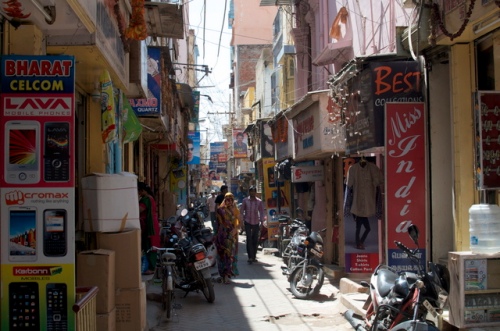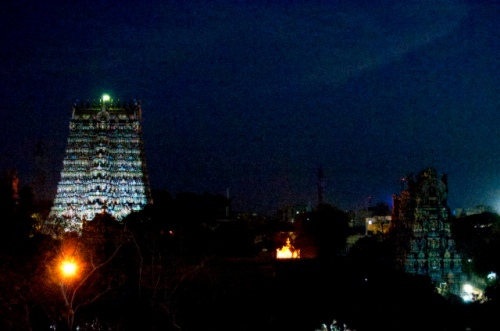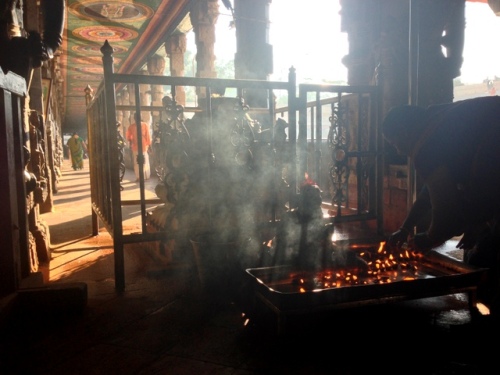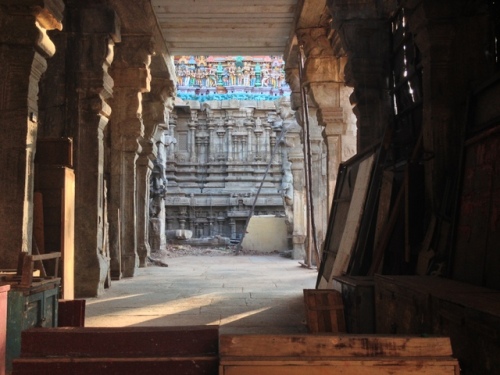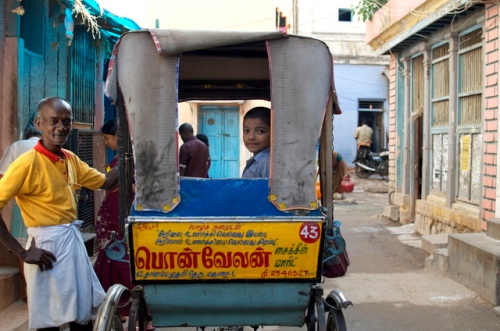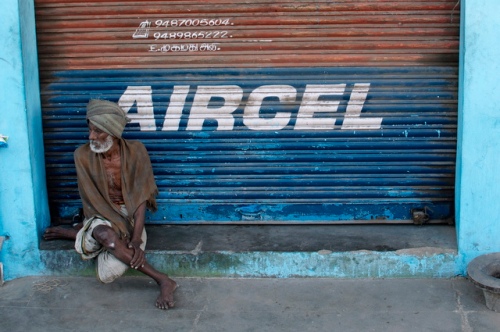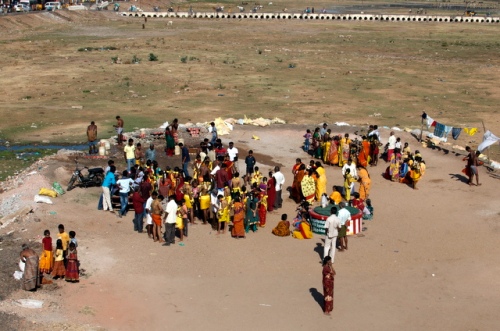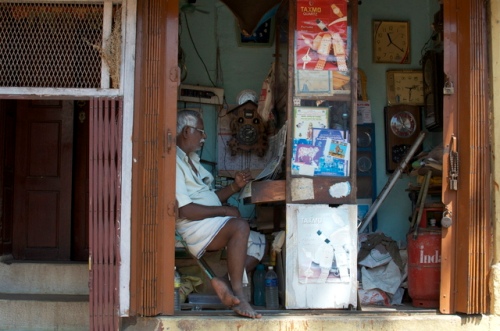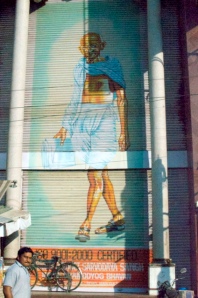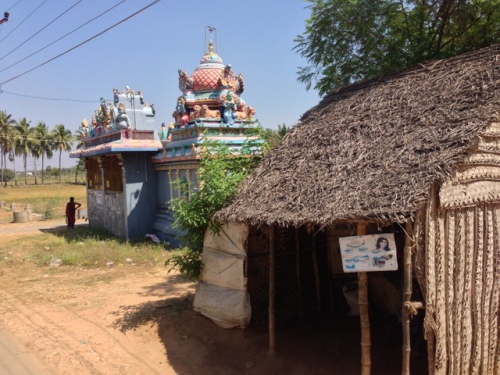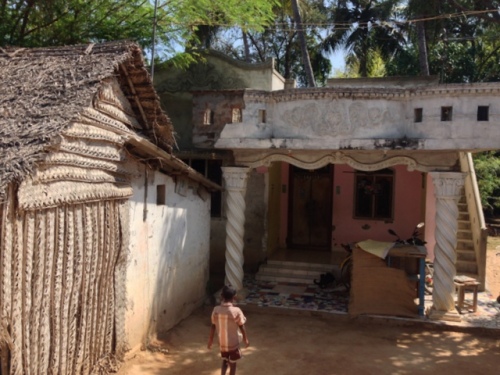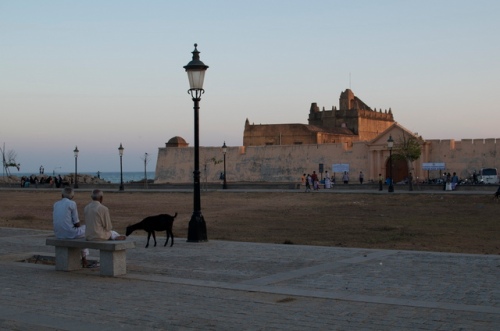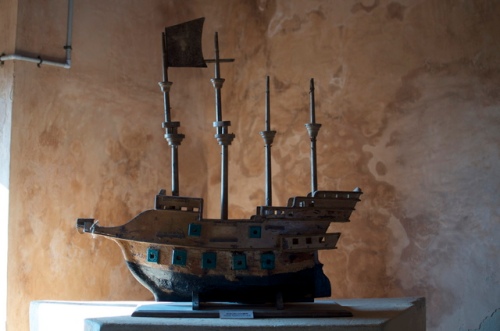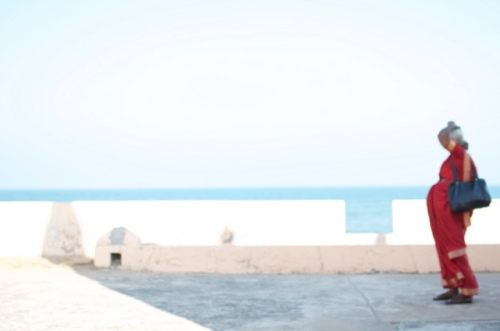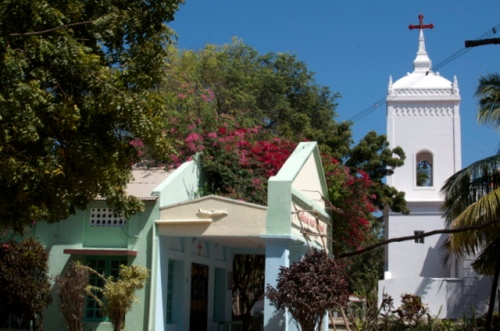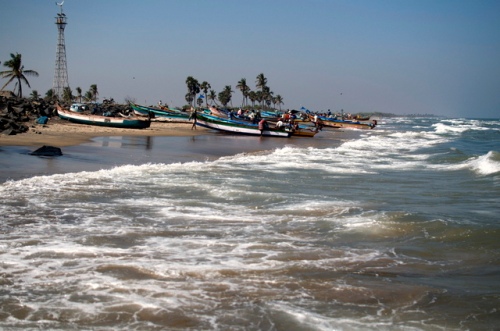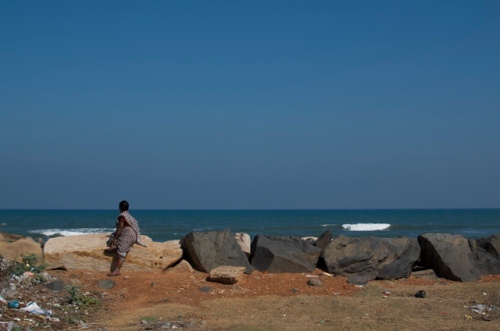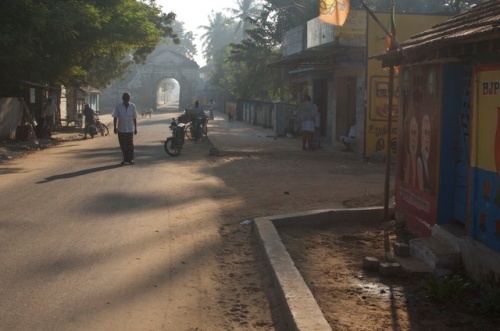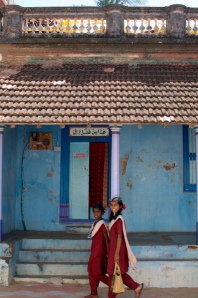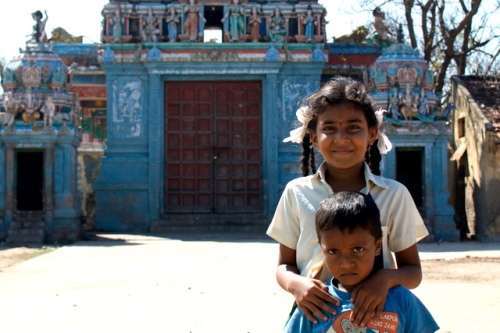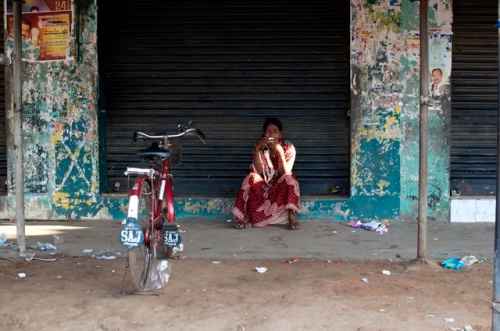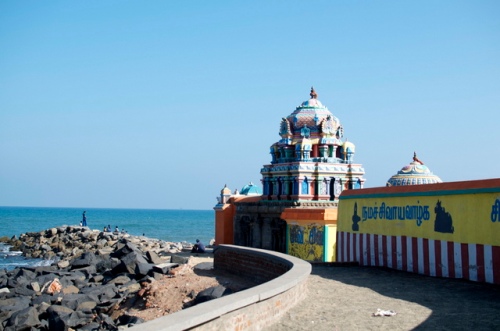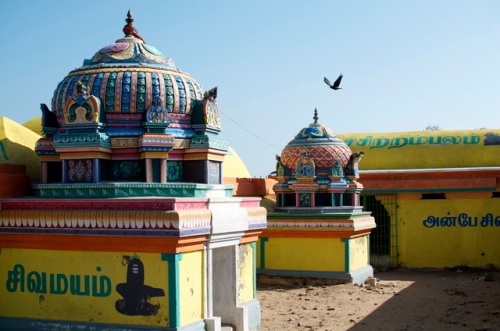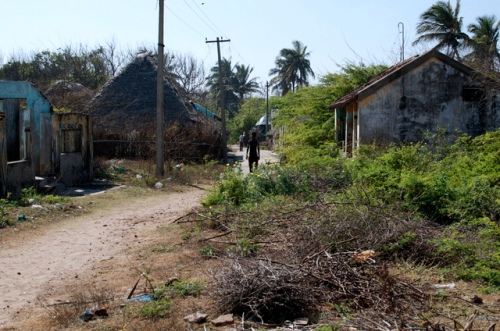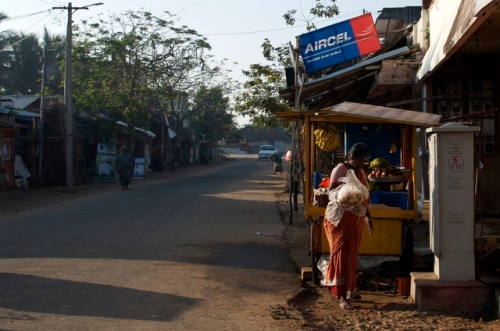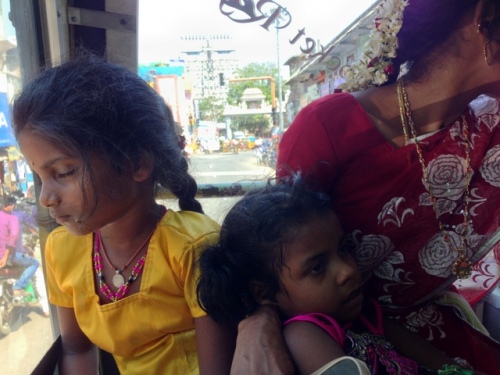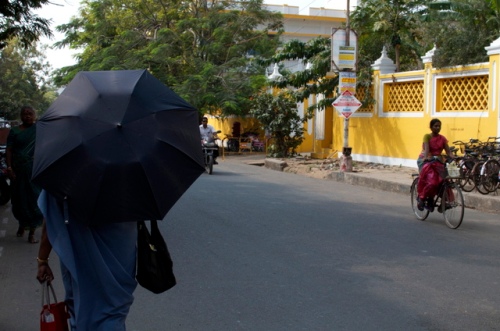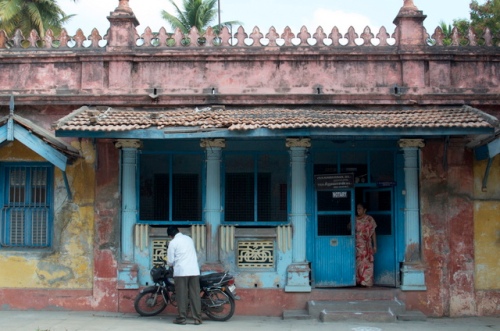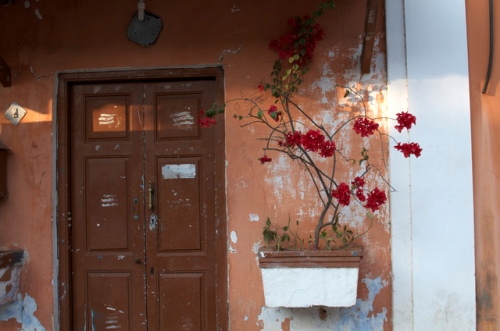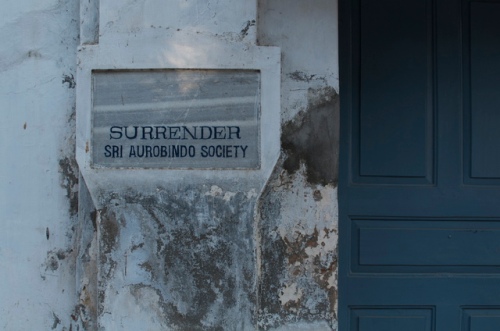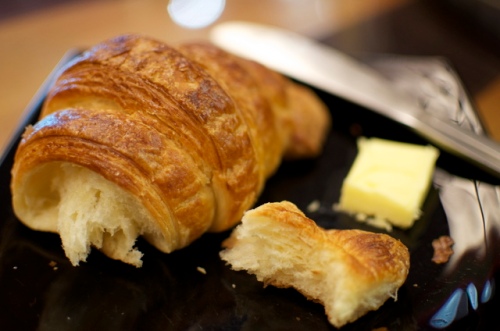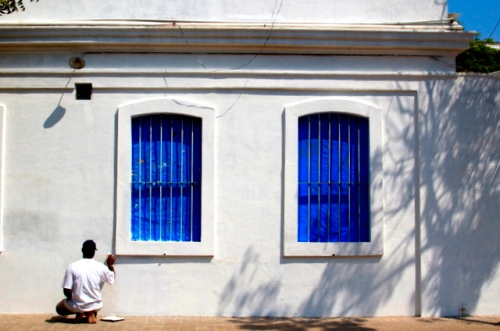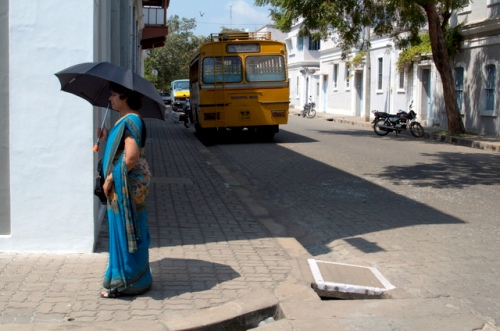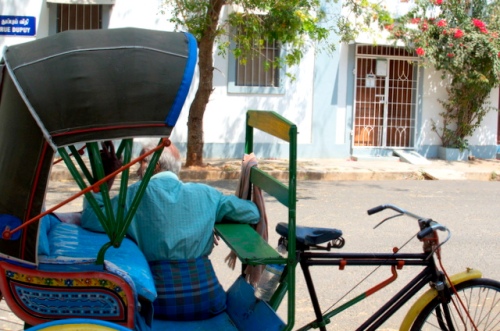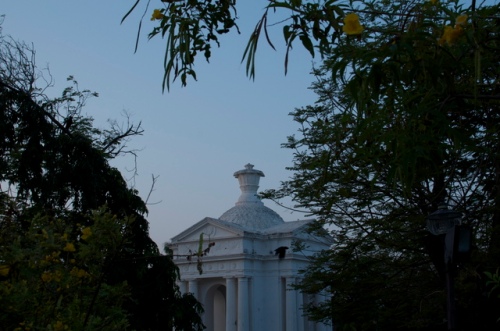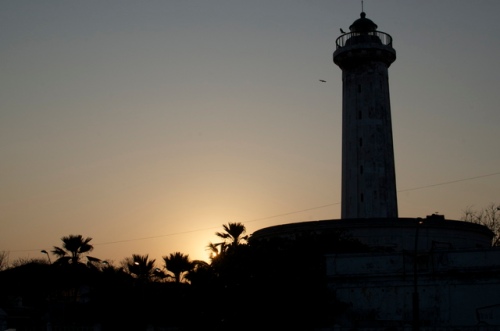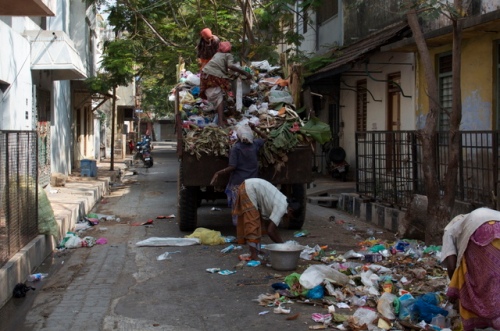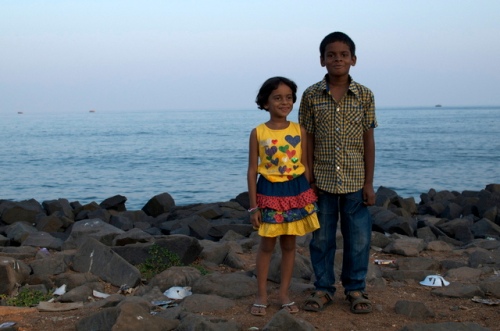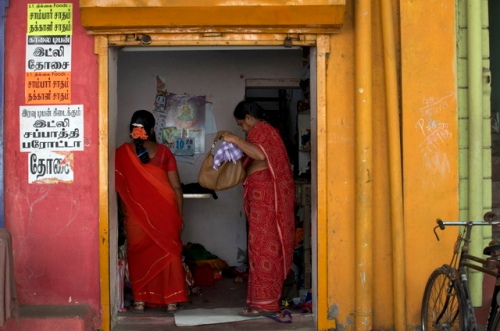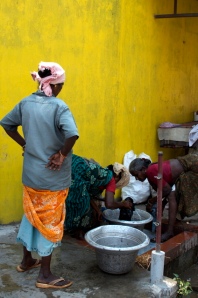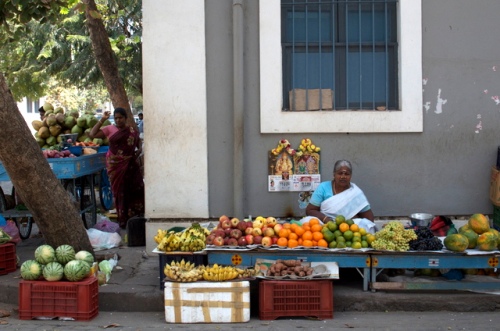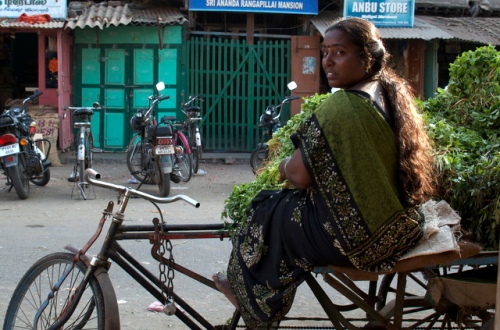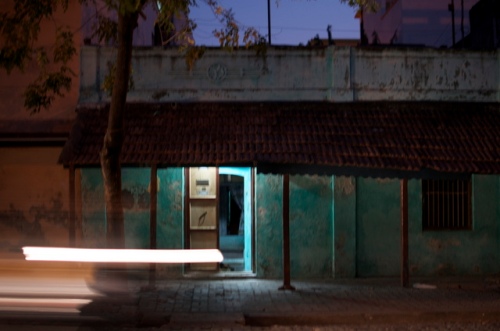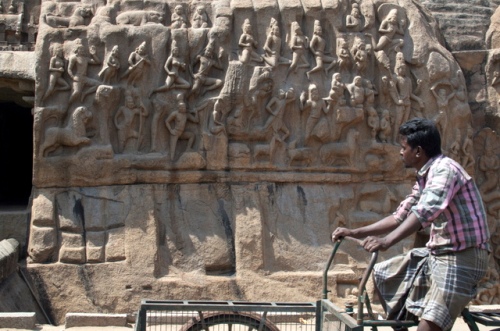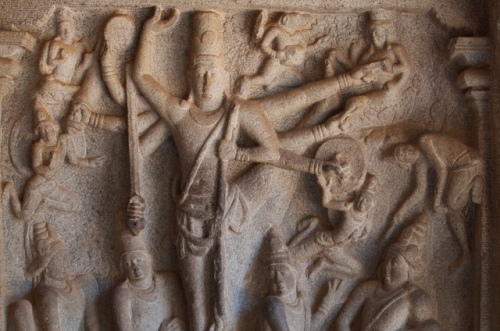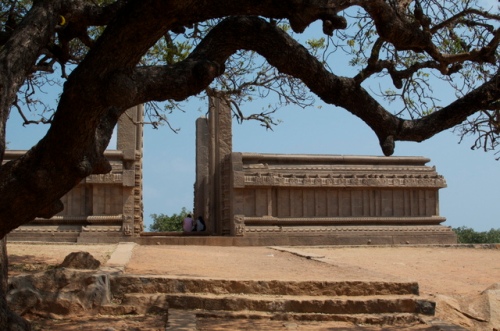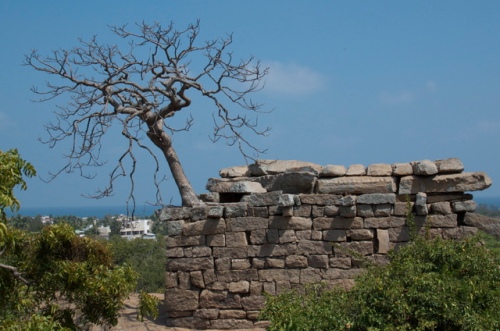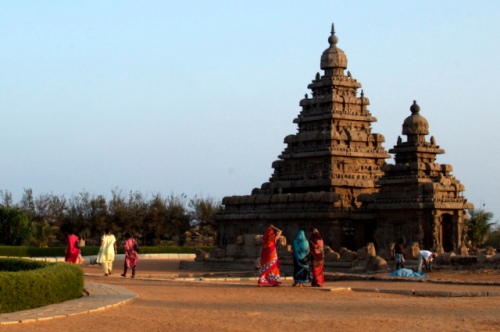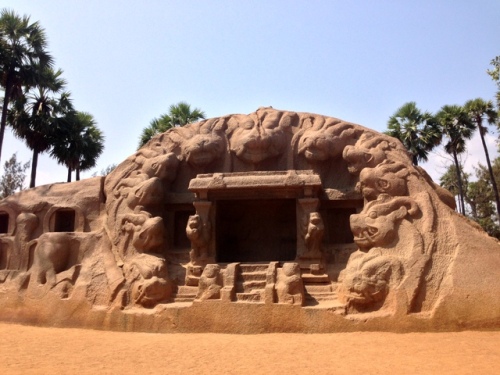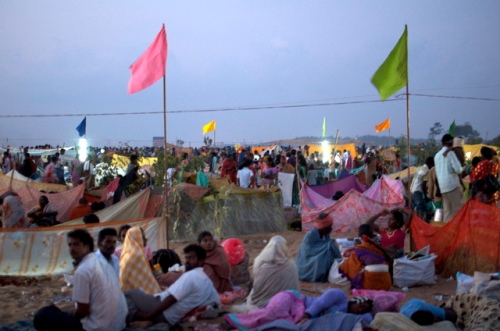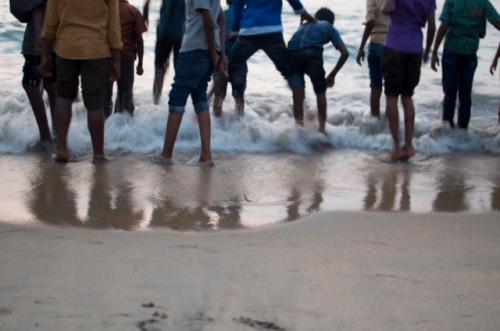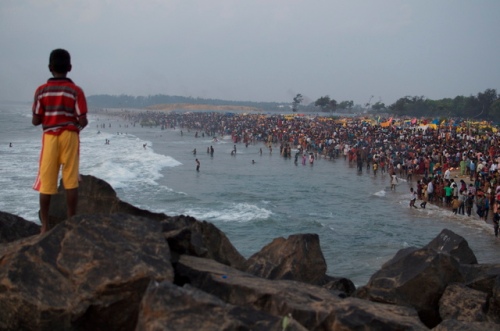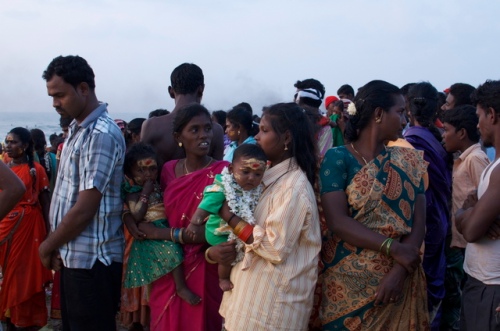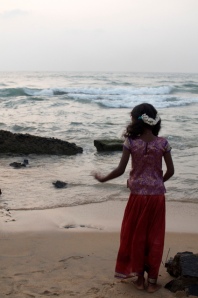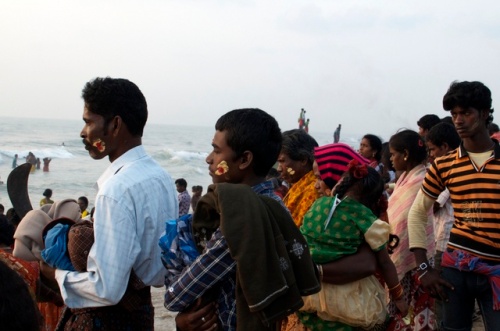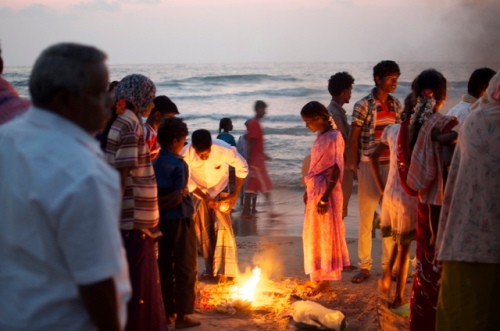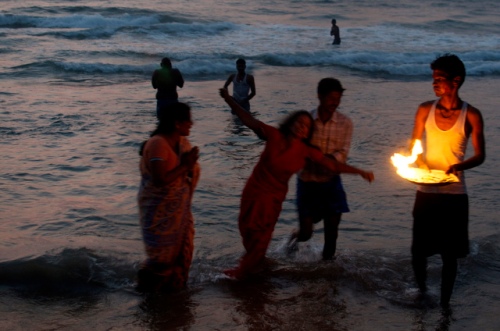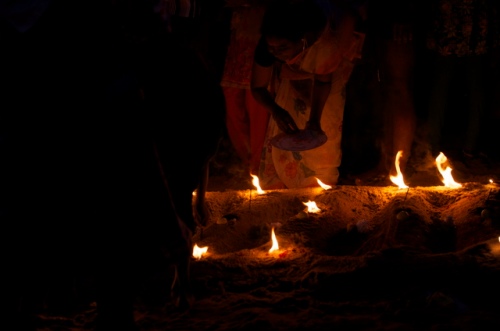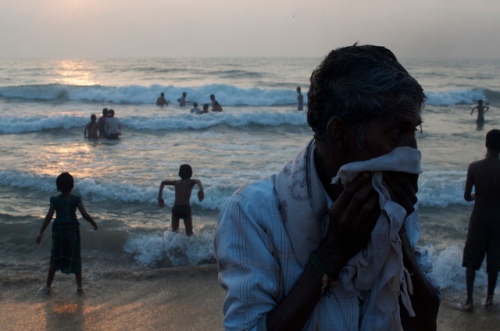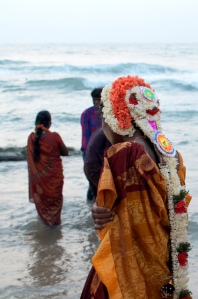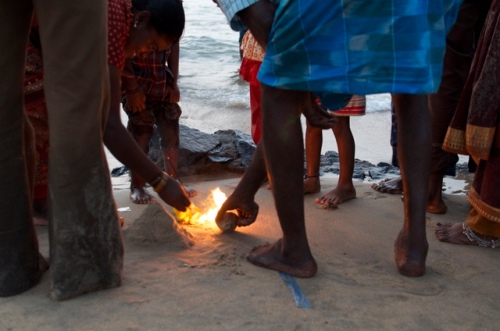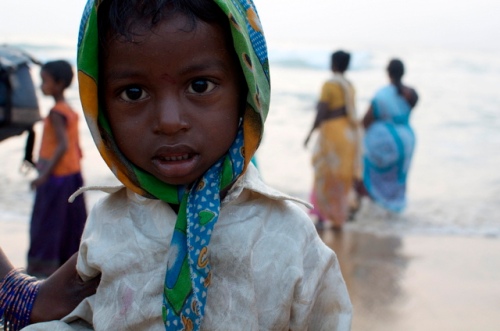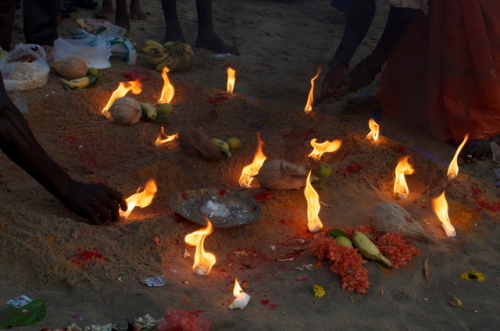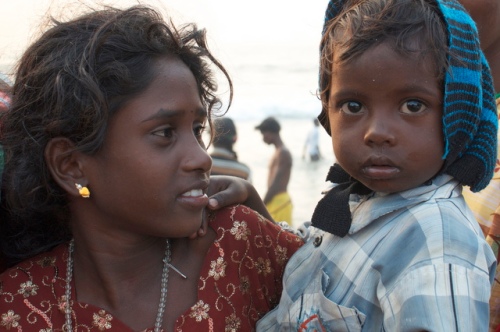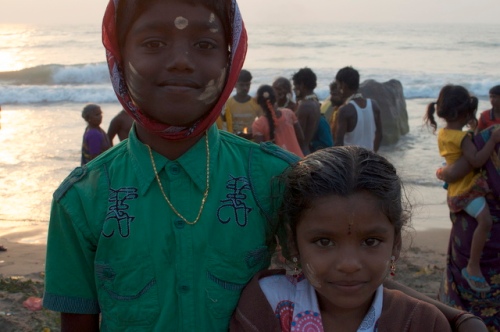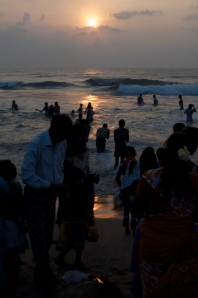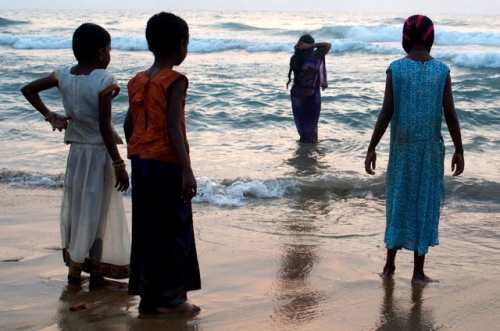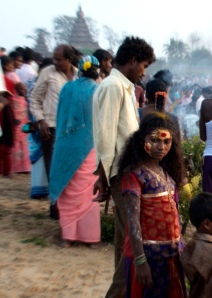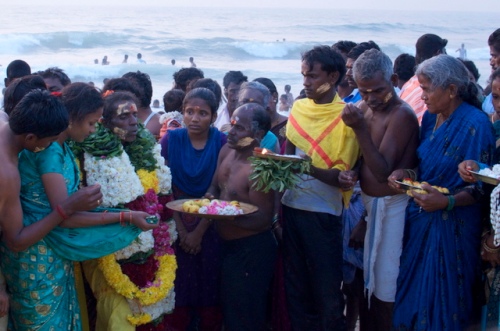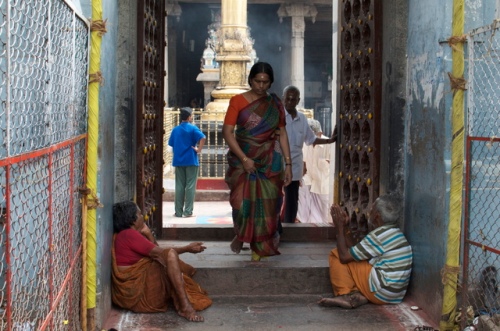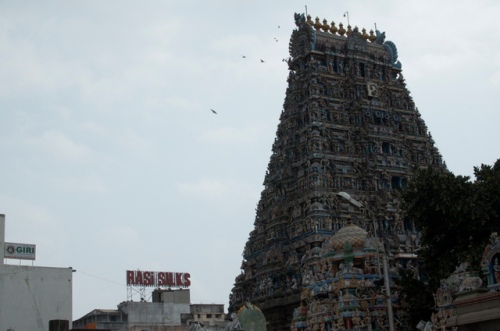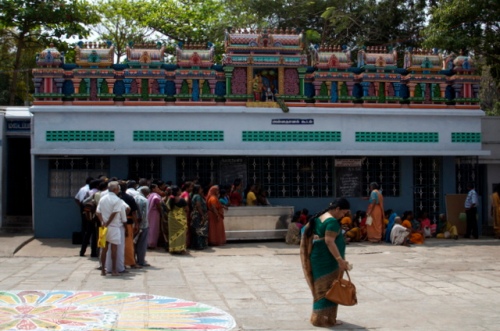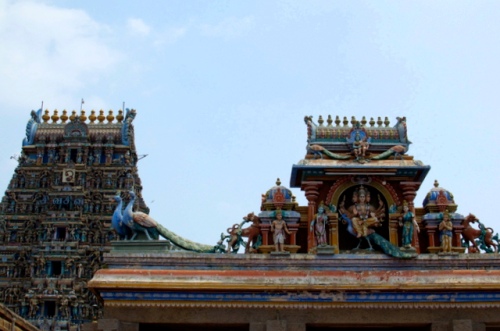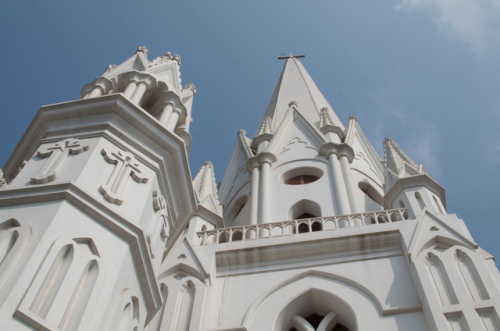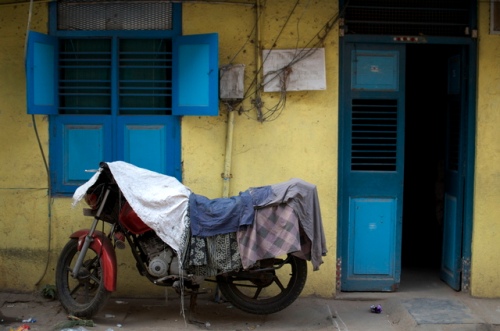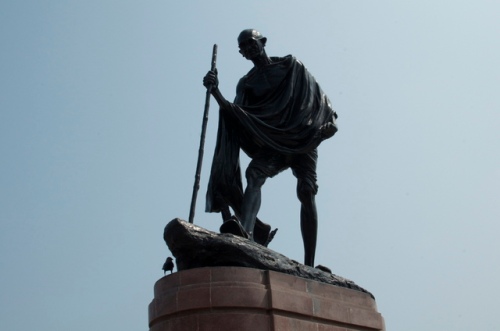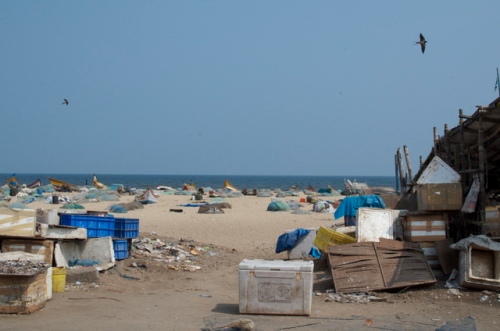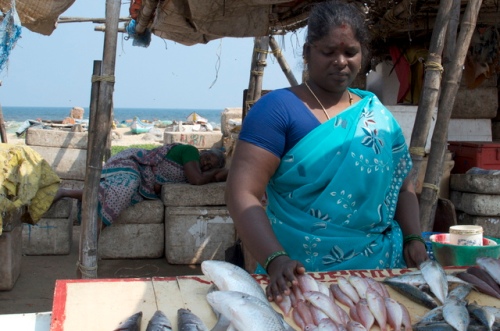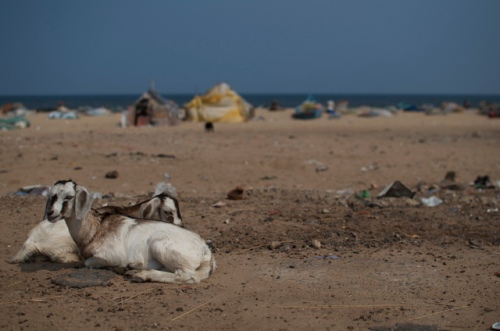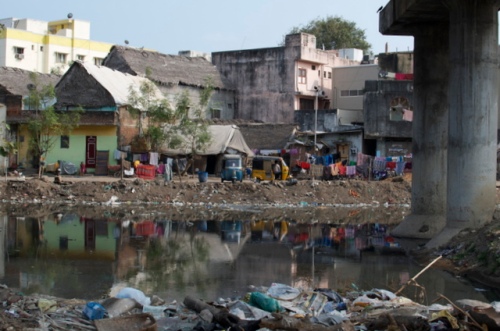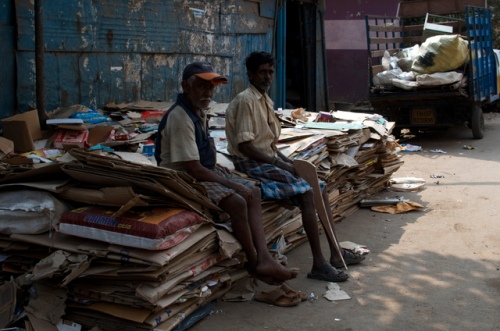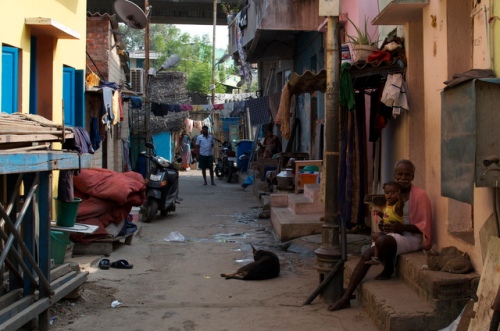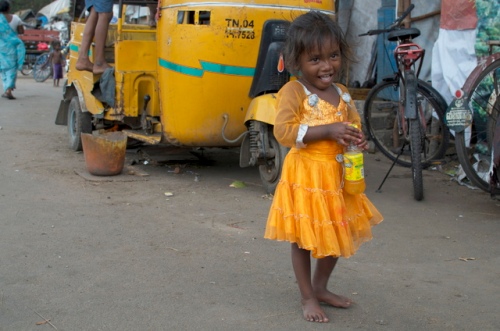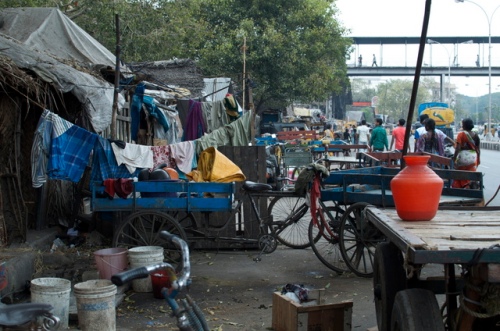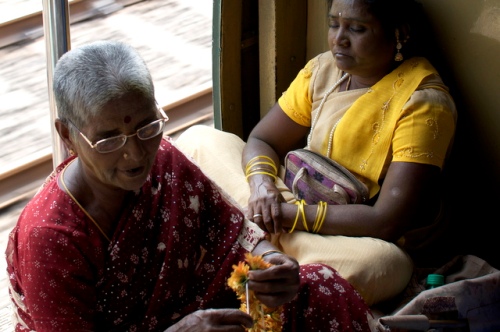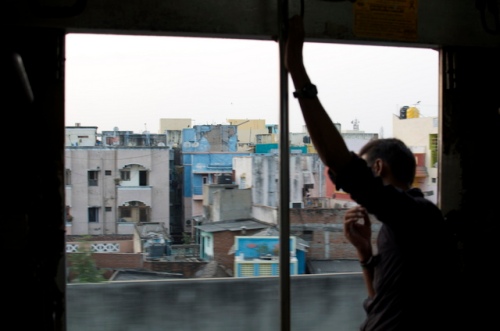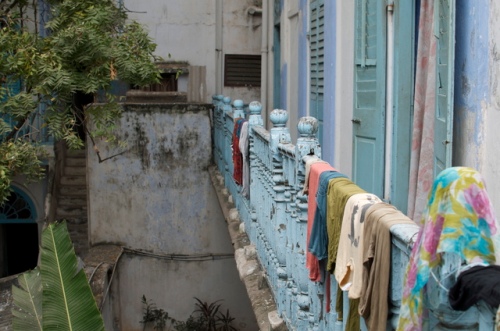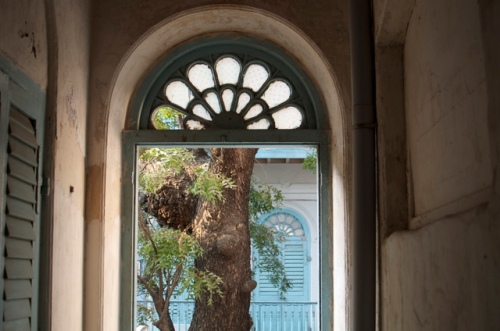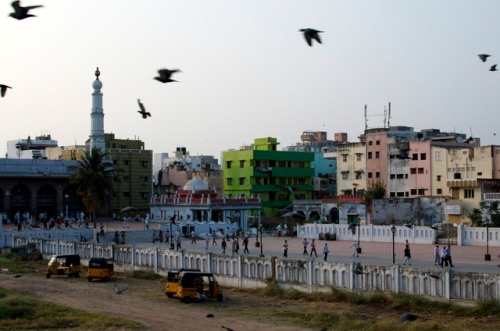Remnants of Empire
The mountains and the plains of Tamil Nadu (TN) are peopled by different traveller tribes: in the former, tourism is dominated by second-hand-cardigan-wearing hippies from abroad, seeking spiritual enlightenment via a potent combination of magic mushrooms, charas (hashish) and yoga. In the latter, the wanderers worship at a different altar. They are domestic tourists who, foreheads bedecked with tikas, visit the Hindu temples strewn across the flatlands that stretch from the Western Ghats to the Bay of Bengal.
TN is the cradle of powerful classical Hindu civilizations, and is perhaps South India’s most piously Hindu state. The city of Madurai is arguably the epicentre of this religious fervour due to its Meenakshi Amman temple complex. The 17th century temple is dedicated to Meenakshi (a name meaning “fish-eyed”—which apparently was a flattering epithet in classical Tamil poetry), a goddess blessed with three breasts at birth. A prophecy was made that when she met her future husband, her extraneous breast would melt away. Upon sighting Shiva, the third breast vanished, and the two were married.
Madurai itself is one of the oldest cities in India—founded as early as the 3rd century BC—and its centre is a winding mass of atmospheric streets spidering out into the dusty plains and baking under the relentless winter sun.
From Madurai, I embark on an exciting local-bus adventure in a bid for the coast: careening first to Thanjavur, the former capital of the Chola empire (an astounding Dravidian civilization that spread Hinduism outside of India). Despite this remarkable history, I criminally use the ancient metropolis as a convenient sleeping opportunity, before continuing on my occasionally death-defying journey: first to Kumbakonam, before leaping aboard a bus to Karaikal on the coast.
We speed erratically past rice paddies and saltwater inlets; tiny villages where men spin paratha dough on the side of the street and boil milk for chai, and women display silvery fish on wooden boards balanced on top of buckets. The houses are square wooden structures with thatched rooves; the temples small, colourful, rising like impressively iced birthday cakes from the lush surroundings. At one point the bus swerves to avoid an elephant being ridden down the road—luckily the rickety vehicle is packed so tightly that no-one so much as sways. Women squeezed so close together they can barely breathe sharply discipline their children, who are snivelling softly in the heat.
At Karaikal I change buses, puttering slowly north along potholed roads and through the deltas of the Cauvery river, to Tharangambadi (“the place of the singing waves”). Previously known as Tranquebar, Tharangambadi is a coastal town that was formerly a Danish colony and trading post. In 1619, an expedition sent by the King of Denmark reached India’s Coromandal Coast, and a treaty was hastily transacted between the Nabob (ruler) of Thanjavur and King Christian IV. The imposing seaside fort was constructed in 1624, and the Danish settlement was extended in the 1700s, before being sold in 1842 to the British East India Company.
I arrive in the middle of a Saturday, pouring with sweat, and secretly relishing the opportunity to treat myself to a comparatively luxurious room. Tranquebar has only one hotel—a stunning bungalow right on the beachfront—and given the dearth of other accommodation, this appeared to be my only option. It is also, as I am swiftly notified by the receptionist, absolutely full: a large group of elderly Danes had come to town for the weekend, snapping up the only available beds. “There’s a church down the road,” adds the receptionist, with a shrug. “They might give you a room.”
So off I trot to the Lutheran church, next to which lurks “An Adult Christian Education and Retreat Centre.” I wander in, and after a great deal of exuberant miming manage to convince the two lovely ladies there (who speak not a word of English) that I want to stay the night. A brief phone call to their friendly manager establishes a means of communication, and I am shown to a spacious and rather delightful room (with ensuite). From my balcony I can see the pastel blue of the Bay of Bengal.
The fort, my church, a beautiful beachfront temple, and a small warren of old Danish houses exist within the bounds of the 1791 Landporten gate. Outside of this, Tharangambadi is a tiny gaggle of huts lined along dusty roads, plus several streets of rather elegant but small homes in a majority Muslim neighbourhood. From my room on Sunday evening, I hear giggles from the girls’ convent school next door, singing from the church, drumbeats from a tiny Hindu temple, and the echoing call to prayer from a nearby mosque.
The town has two tiny informal restaurants run out of villagers’ homes, which the infrequent tourists shun in favour of the hotel’s expensive restaurant. This is a poor decision, because one of the these down-at-heel establishments serves me the best paratha (flaky flatbreads) I’ve yet eaten, with an aromatic sambar, a spiced onion condiment, and sweet, pungent beetroot. What seems like the entire village crowds around the door to watch, nonplussed, as I wolf down the food.
After two nights here, I reluctantly leave—again hauling my way onto a bus with only a somewhat shaky inclination of where it might be going. Luckily it’s headed north, to Chidambaram. En route, the friendly woman next to me helpfully safety pins my already conservatively buttoned shirt tightly together at the neck. Having escaped her well-meaning clutches at the station, I jump aboard another bus, this time bound for Pondicherry. Settling into the single seat right at the front of the vehicle, I envisage a comfortable ride. Soon enough, a mother plus her five children pile onto the ledge that abuts the windscreen. A small boy ends up curled, catlike, at my feet.
Pondy’s French heritage has left its central waterfront area an orderly grid of wide roads and pale-hued houses quaintly accented by brilliant bougainvilleas. Women in brightly-colored salwar kameez sail by on rickety bicycles, balancing parasols on their shoulders. Upmarket bakeries sell croissants and baguettes, it’s possible to purchase bottles of real wine (for a price), and occasionally one hears a smattering of French. Pondy is also a spiritual hub—home of the famous Sri Aurobindo Ashram—and many travellers arrive seeking heightened consciousness via meditation and communal mindfulness. Thus, yoga studios and Ayurveda centres abound in the central city.
Outside of the oddly quiet and clean streets of the mindful and mildly chic Euro-ashram enclave, with its organic shops and “concept stores”, the city bursts back into noisy, messy Indian life: packed with markets and tea stalls, temples and dhabas, typewriting centres and sweet shops.
My next stop returns me somewhat to the type of international tie-dye tourism I have become used to. The little seaside village of Mamallapuram is a typical stop on the road between TN’s metropolis (Chennai) and its major tourist town (Pondy), and has become something of a backpacker enclave—as evidenced by a proliferation of garish signposts, guest-houses, souvenir shops and English-language menus. But people come to town for good reason: Mamallapuram’s modern settlement, including a small fisherman’s village, has grown up around the ancient seaport of the Pallava Empire, and the remnants of this ancient civilization are dotted around the area. Incredible temples carved from single stones emerge from golden sand, and relief sculptures peer out from bus exhaust.
One morning, in an attempt to escape the crowds, I wake at sunrise for a walk on the beach—and happen to stumble across the biggest crowd of all. Thousands of people have pitched colourful, makeshift tents on the sand. By the time I arrive, at 6am, they have emerged from their temporary homes and are crowding close to the water’s edge.
I ask around for information, and only after several vague responses from onlookers (a fisherman’s festival, perhaps, or a gypsy ritual), do I receive a plausible explanation. A silver-haired American man—one of the only other foreigners on the beach—tells me that the crowds have come to Mamallapuram from the hills surrounding Coimbatore, for the purpose of contracting marriages. They are a tribal people—matriarchal and peaceable—who worship a mother goddess. It is in her honour that they carve out seven-stepped ladders in the sand. These are decorated with powdered paints, flowers and fruits. Men ritualistically split coconuts over the ladders, spattering the sand with their contents. Empty husks are lit on fire and left burning on the shoreline or pushed out to sea. One woman dips her hands quickly into the flames and smears the forehead of her child; another painstakingly sculpts a small figurine out of gram flour. Occasionally, devotees of the goddess are inhabited by her spirit: bodies convulsing, they emit piercing shrieks, and quickly, uncontrollably, plunge into the waves—only to be rescued and revived by their companions.
The celebrations will continue at least for the rest of the day, I am told, but I have to tear myself away—hurriedly packing and scrambling for the ECR Express bus to Chennai (formerly colonial Madras).
Having reached the sprawling city, I am saved from the tedium of budget hotels by an energetic Indian guy called Sushanth, who hosts me in a palatial house in the city’s affluent southern suburbs. A couchsurfing stalwart, Sushanth constantly welcomes guests to his beachfront abode: when I arrive, a Polish chef is also in residence, and when I leave, a British girl takes my place. It is a somewhat surreal experience, after negotiating my way through poor, rural Tamil Nadu, to be living in marble surrounds, tastefully accented with contemporary Indian art and pumped with AC. I am fed delectable home-cooked chicken biryani, vegetable pakoras and fresh pappadum by Sushanth’s grandmother, and told to leave the dishes for the housemaid. We take autos everywhere—Sushanth has a loyal driver—and go to fancy hotel bars, secluded coffee shops, and modern art galleries.
Outside of this little bubble, the big, hectic capital housing nearly 8 million people bustles on—modern streets tumbling south and west from a historic hub that consists of a British fort and the busy labyrinth of George Town. While Sushanth is at work (at an advertising company), the Polish chef and I visit Mylapore—the oldest part of the city—and see its beautiful temple dedicated to Shiva, god of destruction. The back-story goes that the enraged deity once transformed his wife, Parvati, into a peacock. The unfortunate goddess was instructed to worship her husband in this particular spot if she wished to return to her normal form. She did so, and was restored. Thus the temple is festooned with peacocks, and images of Shiva and his consort. It is also crowded with Saivites (Shiva’s devotees), who queue up for an audience with the god. Nearby, is the San Thome cathedral: built by the Portuguese and supposedly housing the remains of St Thomas the apostle.
We wander through a stinking fish-market by the beach, deserted in the midday sun, and through a small slum beneath the elevated suburban railway. Women wash clothes on the side of the road and stoke fires beneath huge pots of watery stew, while their children clamour for money and photographs. On the train, we speed through the city at dusk. Men sprint and leap onto the carriages for sport, egging each other on, while chattering women crowd conspiratorially into the females-only cabin. At night, under a full moon, couples canoodle on the beach while young boys trudge through the cool sand, hawking snacks.
On my last night in Chennai, I take a room in the city (to be closer to the train station) and end up staying in Broad Lands Lodge—a huge, colonial era structure established in 1951. An old favourite on the original hippy trail, it is whitewashed, trimmed in blue, with insanely high ceilings, leafy courtyards, and outside bathrooms.
From my turquoise-shuttered window I can see the Wallajah Big Mosque. Not just the call to prayer but the entire evening service is blasting from the spindly minarets, and men hurry towards it in the chalky evening light. In nearby rooms, a couple jam on their guitars and a lone female traveller struggles to learn Sanskrit, while I steadily consume an entire box of Indian sweets and prepare to leave Tamil Nadu for South India’s forgotten state—Andhra Pradesh.

